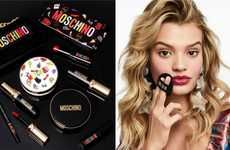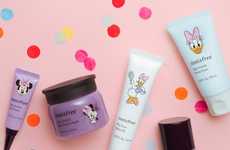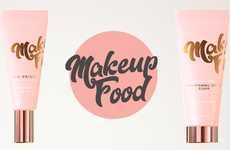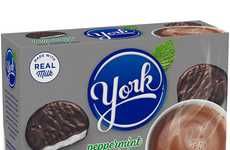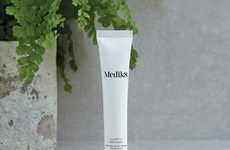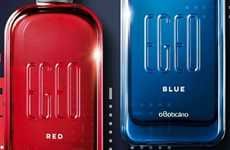
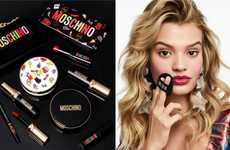

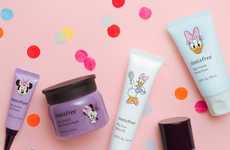
K-beauty companies are partnering with European and North American brands
Trend - In recent years, K-beauty brands have become increasingly popular in Western countries. European and North American brands have recognized the strong consumer interest in the products of these Eastern companies and are now aiming to establish co-branded partnerships that will increase their own visibility.
Insight - The contemporary Western consumer has expressed a strong interest in global brands, especially ones from the Eastern hemisphere, signifying growth in cultural influence. This stems not only from curiosity about alternative ingredients that supplement the self-care ritual but also from an interest in skincare innovation, as K-beauty brands are considered to be more advanced in some ways than North American ones. This makes room for hybridized experiences that consumers can comfortably leverage as an accessible introduction to a culturally enriched industry.
Insight - The contemporary Western consumer has expressed a strong interest in global brands, especially ones from the Eastern hemisphere, signifying growth in cultural influence. This stems not only from curiosity about alternative ingredients that supplement the self-care ritual but also from an interest in skincare innovation, as K-beauty brands are considered to be more advanced in some ways than North American ones. This makes room for hybridized experiences that consumers can comfortably leverage as an accessible introduction to a culturally enriched industry.
Workshop Question - How could your brand utilize the expansion of cultural influence?
Trend Themes
1. Co-branded Partnerships - European and North American brands are partnering with K-beauty brands, this growth in global brands illustrates opportunities for cross-cultural product development.
2. Nostalgic Packaging - Brands like Innisfree's Hello 2020 Disney collection are using nostalgic packaging to spark consumer interest and loyalty.
3. Affordable Luxury - Collaborations like the Moschino x Tonymoly collection illustrate that consumers are looking for affordable luxuries and playful experiences in cosmetic partnerships.
Industry Implications
1. Cosmetics - Cosmetic brands can leverage co-branded partnerships and nostalgia in packaging design to expand their global reach.
2. Fashion - Affordable luxury cosmetic collaborations can disrupt the fashion industry by providing consumers with access to playful and creative experiences with influential brands.
3. Technology - Innovative packaging design within cosmetic collaborations can bridge the gap between fashion, cosmetics and technology by providing value-added accessories to consumers' lives.

